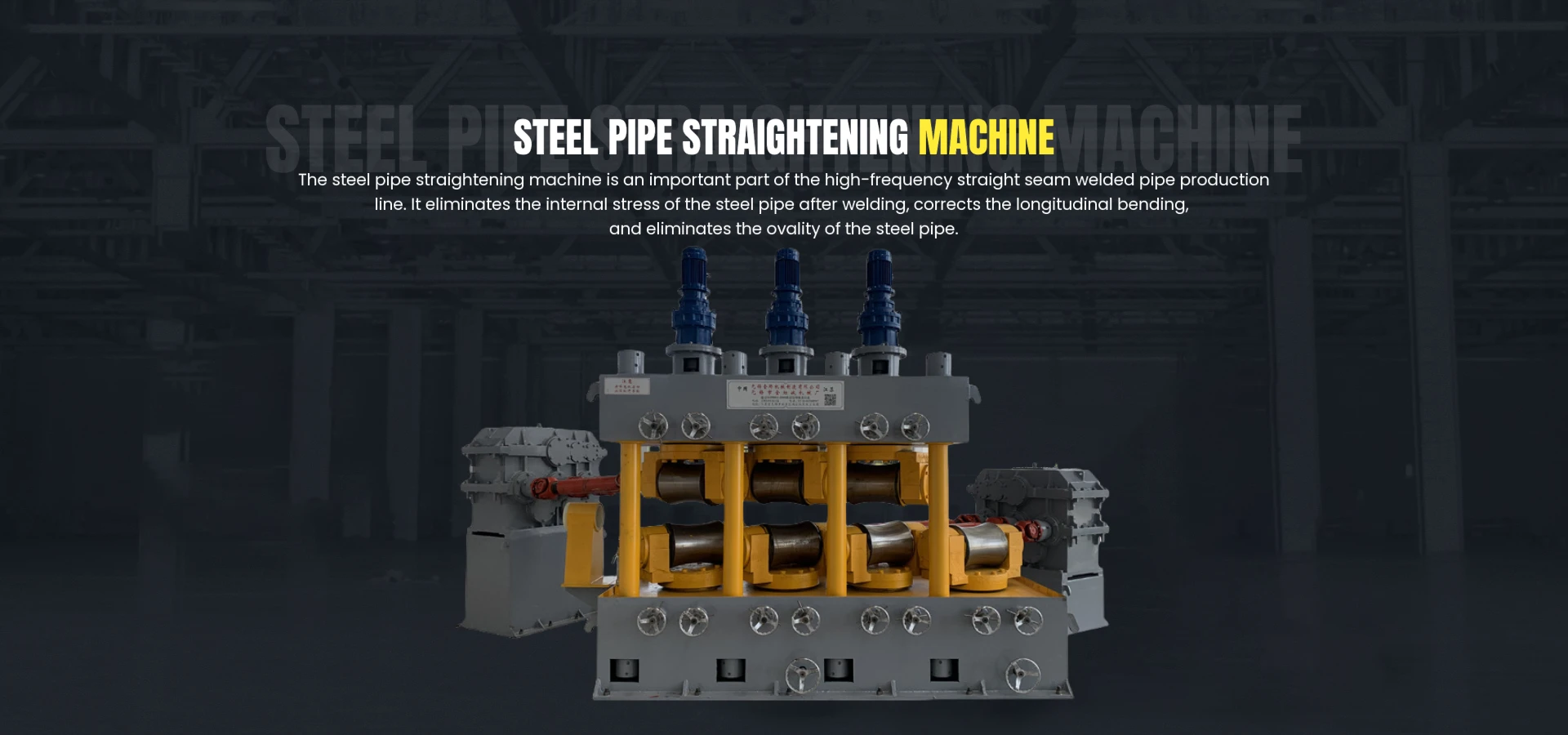Cold Rolling Mill Equipment for Enhanced Metal Sheet Production and Quality Improvement
Understanding Cold Rolling Mill Machines A Key Player in Metal Processing
Cold rolling mill machines are essential equipment in the metal processing industry, primarily used for converting large metal slabs into thinner sheets or strips. This process not only enhances the thickness and surface quality of the metal but also imparts desirable mechanical properties. Cold rolling is particularly favored for its ability to produce finished products with superior precision and a smoother finish compared to hot rolling.
The Cold Rolling Process
The cold rolling process involves passing metal through a series of rollers at ambient or near-ambient temperatures, which is significantly below its re-crystallization temperature. This mechanical deformation leads to an increase in the yield strength and hardness of the material, a phenomenon known as strain hardening. Typically, cold rolling is performed on various metals, including aluminum, copper, stainless steel, and carbon steel.
The procedure begins with a large coil of metal known as a pickled coil, which has undergone an initial cleaning process to remove scale and oxides. The coil is then fed into the cold rolling mill, where it passes through a series of tandem rollers. These rollers can be adjusted for gap spacing, allowing for precise control over the thickness of the final product. The parameters of the cold rolling process must be carefully monitored to maintain high-quality standards and to prevent defects such as edge cracking or dimensional inaccuracies.
Types of Cold Rolling Mills
There are several types of cold rolling mills available, designed to cater to different requirements and metal types
2. Tandem Mills Comprising multiple stands, tandem mills allow for continuous rolling and are typically used for high-volume production. The metal strip passes through a sequential arrangement of rollers, each reducing the thickness progressively.
cold rolling mill machine

3. Reversing Mills These mills can roll the metal back and forth through the same set of rollers, allowing for flexible processing of various thicknesses. This feature is particularly useful when adjustments in thickness are needed during the rolling process.
4. Four-High and Six-High Mills To accommodate the processing of very thin gauges or to handle high-strength materials, these mills utilize additional intermediate rollers. This design minimizes roll deflection and allows for improved control over thickness.
Advantages of Cold Rolling
Cold rolling offers a multitude of advantages over hot rolling. First and foremost, the thinner gauges produced can be achieved with greater dimensional accuracy. Additionally, the surface finish of cold-rolled products is significantly smoother and free of scale, making them suitable for applications where aesthetic appeal is critical, such as in automotive and construction industries.
Secondly, due to the strain-hardening effect, cold-rolled metals exhibit increased strength and hardness, making them more durable and resistant to wear. This enhanced mechanical performance can result in material savings, as thinner sections can be used without compromising structural integrity.
Conclusion
Cold rolling mill machines play a vital role in the modern metal manufacturing landscape, bridging the gap between raw material processing and the production of high-quality finished products. Their capability to produce precise and uniformly thick metal sheets has made them indispensable in various industries, ranging from automotive to consumer goods. As technology advances, the cold rolling process continues to evolve, incorporating automation and smarter controls, thereby increasing efficiency and reducing production costs.
In summary, the significance of cold rolling mill machines cannot be underestimated; they are indeed the backbone of high-quality metal processing and manufacturing.
-
High Frequency Straight Seam Welded Pipe Production Line-BzZhou Xinghua Machinery Equipment Manufacturing Co., LTD.|Precision Welding, High EfficiencyNewsJul.30,2025
-
High Frequency Straight Seam Welded Pipe Production Line|BzZhou Xinghua|Precision Welding&EfficiencyNewsJul.30,2025
-
High Frequency Straight Seam Welded Pipe Production Line - BzZhou Xinghua|Precision Engineering&EfficiencyNewsJul.30,2025
-
High-Frequency Straight Seam Welded Pipe Production Line-BzZhou Xinghua Machinery Equipment Manufacturing Co., LTD.NewsJul.30,2025
-
High-Frequency Straight Seam Welded Pipe Production Line-BzZhou Xinghua Machinery Equipment Manufacturing Co., LTD.|Precision Manufacturing, High EfficiencyNewsJul.30,2025
-
High Frequency Straight Seam Welded Pipe Production Line-BzZhou Xinghua Machinery Equipment Manufacturing Co., LTD.|Precision Steel Pipe Manufacturing&Industrial EfficiencyNewsJul.29,2025


